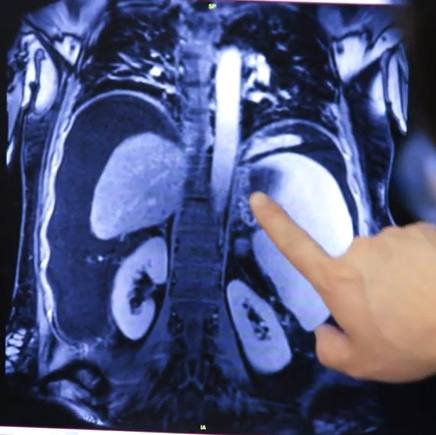-
Science Saturday: Improving implementation of best practice guidelines for colorectal cancer screening
Why does it take so long for new biomedical evidence to become accepted as standard practice in medicine? For example, in a May 2018 updated recommendation American Cancer Society recommended colorectal cancer screening for people of average risk starting at age 45, instead of age 50, as in previous guidance. In June 2021, the U.S. Preventive Services Taskforce updated its recommendation for colorectal cancer screening to match. That three-year gap between formal adoption at the federal level is not unusual for new practice guidelines. It is an example of what investigators study in the Implementation Science Program in the Mayo Clinic Robert D. and Patricia E. Kern Center for the Science of Health Care Delivery. They examine why it generally takes many years for good, solid evidence to become accepted as common practice and identify ways to accelerate the widespread adoption of best practices in health care.
In a recent publication, a multidisciplinary team developed a tool to assess factors shaping clinician beliefs and behaviors surrounding average-risk colorectal cancer screening strategies, using the adoption of the multi-target stool DNA (mt-sDNA) test as an example.
Colon and rectal cancers comprise the 2nd leading cause of cancer deaths in the U.S. Prior research showed that clinician recommendation plays a critical role in whether people complete colorectal cancer screening. Therefore, the researchers sought to identify the barriers and facilitators of clinical adoption of colorectal cancer screening strategies. To that end, they designed a web-based survey and administered it between November and December 2019 to a national sample of 3,299 primary care clinicians and 538 gastroenterologists. A total of 814 primary care clinicians and 159 gastroenterologists who had recommended colorectal cancer screening to average-risk patients completed the survey. Development of the survey was guided by the Theoretical Domains Framework, an integrated theoretical framework incorporating behavior theories and constructs that influence behavior change in the clinical implementation context.
The research found that the survey tool provided valid and consistent information to assess the knowledge, skills, identity and social influence, optimism, beliefs about consequences and intentions, and environmental context and resources of the respondents. Additionally, these areas were good predictors for provider-reported mt-sDNA use and mt-sDNA recommendation. The team recommends further research to validate the survey's usefulness to predict actual provider behaviors and, specifically, among other colorectal screening strategies. The authors write in the paper, "Findings from this questionnaire can aid in identifying determinants of successful implementation of novel CRC (colorectal cancer) screening strategies in clinical practices and inform the development and evaluation of clinician interventions to improve CRC screening rates among average-risk patients."
For a complete author list see the study. Funding for the work was provided by Exact Sciences Corporation. The funding agreement ensured author independence when developing the survey questions, interpreting and analyzing the data, and writing and submitting the publication. Other disclosures are documented in the study and another publication has been published on this work in Preventive Medicine Reports.







